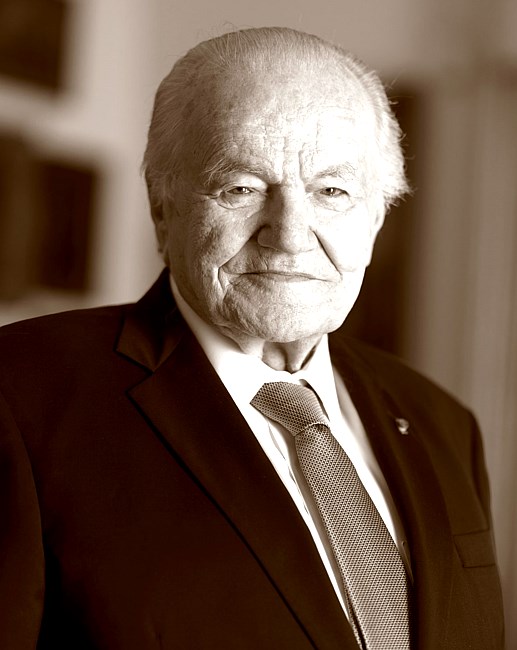He was Hungarian. His name, however, like the name of the city he was born, Miskolc, was Slavic. He came from the part of Eastern Europe which for a long time was dominated culturally and politically by the Austrians, and the borders between the nations were in constant flux.
He grew up in a country after WW2 dominated by the Russians and quickly realized how wicked the new regime was. During the 1956 Hungarian revolution, with his pregnant wife, Robicsek took a train to East Berlin and then crossed the imaginary border with the Western part of the city. The Berlin Wall was not built until five years later. I felt a special allegiance to that man, since less than twenty years later, on his invitation, I took a similar leap of faith.
Not too many people made the same journey, and only a few can only imagine the change in life when you move through six time zones. Even fewer could comprehend the jump from one system powered by communism to another run by capitalism. I remember my mother having tears in her eyes saying goodbye to me at the Warsaw airport. With the grace of God, I managed, and for making that possible I will be grateful to Dr. Francis Robicsek forever.
When I came to Charlotte, one of the first gifts from Robicsek was Orwell’s Animal Farm. The book couldn’t be more appropriate.
At that time, The Sanger Clinic had two cardiothoracic surgeons and three cardiologists. It was 1975. Now there are thousands. What a change! The open-heart operations lasted up to 10–12 hours. The amount of blood lost and transfused during the surgery was staggering, and many procedures resembled battles. You could see the expressions on the faces of surgeons leaving the operative room with bloodstains on their scrubs. Despite these field conditions, Robicsek always had his dress shoes on, clearly visible, since, by the end of the operation, his shoe covers were usually off. During the long hours we spent together at the table, we could talk about the literature, music, visual arts, opera. We talked about which heroines died of TB, do you have to be fat to be a good singer, and what happens to them when they try to lose weight. I was once scolded for stating that Camille Saint-Saëns was an impressionist. These days all residents for Christmas were getting suits, and we all were hosted by Dr. and Mrs. Robicsek for elaborate Christmas parties. During these events, I’ve realized that Francis, being a god in the operating room, didn’t have quite the same status while at home.
In those times, the surgeons did everything. From the dog lab to the operating room. Robicsek designed and made a cardiopulmonary bypass machine in his garage. He did his own angiograms and then took the patient to the OR to address the problem. The vascular radiology department was deep in the cellar, from where the tiny elevator took you to the OR. Then after the cases, he went back to radiology and back to the lab. The man was a dynamo.
Robicsek frequently traveled, often to New York. I remember starting the cases for him when he was still in the air, flying back. We were ready for him by the time he showed in our operating room. Many times during these trips he spent hours pillaging the art galleries. During the Christmas parties, we saw his house with a museum-like display of great masters paintings. That was an addition to his collection of Greek Orthodox icons.
One of his biggest misfortunes was the series of the nosocomial sternal infections caused by Mycobacterium fortuitum. Several patients died. I was one of the residents involved. They checked our TB skin tests, and mine came back positive. Quickly, the opposing lawyers concentrated on me as a source of infection. I was let off the hook when they realized all kids in Poland got the BCG vaccine. The source of infections was never identified.
At the end of my residency, Robicsek also was instrumental in securing me a job across the country in California.
He died at 94, at home, having his family around. The man who probably spent more time in the hospital than at home decided not to end his life in a hospital bed. I’ve also heard he wished to be buried in his scrubs. How fitting.
He ended his life in style.
And what a life it was!
For an extra credit, please watch Dr. William Stoney interviewing Robicsek https://tinyurl.com/Robicsek. The conversation was recorded in 1999 and is stored in Vanderbilt’s Eskind Biomedical Library.


